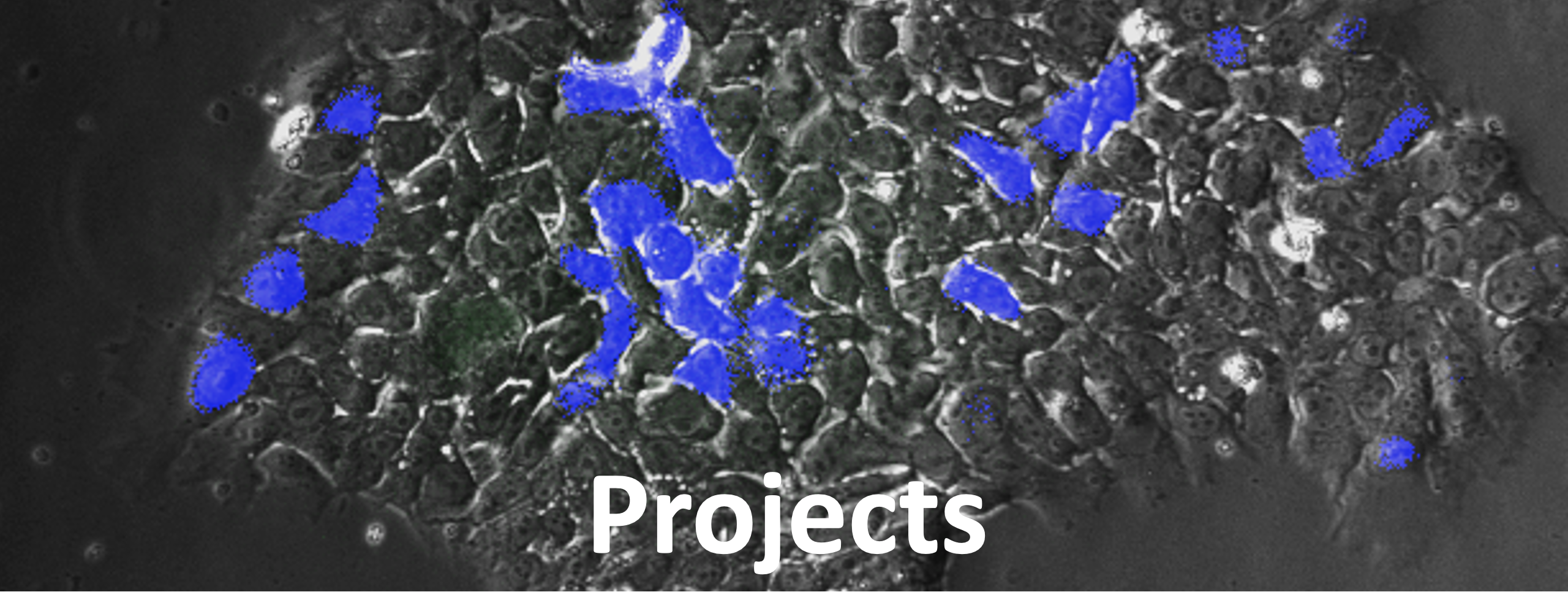Current Projects
Biliary epithelial cell-driven liver regeneration:
The liver is known for a remarkable regenerative ability through the proliferation of the main functional cell type of the liver, the hepatocyte; however, in end stage liver disease (ESLD), hepatocyte proliferation is exhausted. To overcome the scarcity of donor livers for transplantation to treat ESLD, alternative intrinsic regenerative pathways involving biliary epithelial cells (BECs) may provide a pool of functional hepatocytes that replenish the liver, thereby recovering liver function. The focus of our project is to establish new therapeutic interventions to promote generation of functional hepatocytes from BECs using factors delivered in the liver via clinically safe non-integrative nucleoside-modified mRNAs complexed to lipid nanoparticles (mRNA-LNP). Harnessing this alternative intrinsic regenerative ability of the liver may have key clinical significance by establishing a treatment to prevent progression of the liver disease.
Keywords:
Biliary epithelial cell driven hepatocyte regeneration
Chronic liver injury
Acute liver injury
Liver repair
mRNA-LNP
Cell therapy for liver disease:
The overarching goal of our project is to create liver cell therapies that can be used in the clinic to replace whole organ transplantation, as healthy donor livers are quite scarce. Currently, pre-clinical studies of liver cell therapies in mice using either primary human hepatocytes (PHH) or induced pluripotent stem cell (iPSC) derived hepatocyte-like cells (HLC) have limitations. We aim to improve the transplantation, eventual engraftment, and function of healthy PHHs and HLCs in mouse models for acute and chronic liver injury. We propose using regenerative factors delivered via nucleoside-modified mRNA encapsulated in lipid nanoparticles (mRNA-LNP) to achieve this goal.
Keywords:
Liver cell therapies
mRNA-LNP
Primary human hepatocytes (PHH)
Induced pluripotent stem cells (iPSC)
Cellular and molecular mechanism of BEC-driven liver repair:
I am interested in generating a comprehensive molecular profile of cholangiocytes and their hepatocyte progeny as well as other cell types during BEC-to-hepatocyte conversion upon liver injury. The aim is to discover new biomarkers or pathways that could be exploited as novel druggable targets for regenerating human liver in end stage liver disease (ESLD) patients.
Keywords:
Cholangiocytes
mRNA-LNP
Spatial transcriptomics
Growth hormone therapy for acetaminophen-induced liver injury:
Acetaminophen (N-Acetyl-p-aminophenol or APAP) overdose is the leading cause of acute liver failure, with one available treatment, N-acetyl cysteine (NAC). Yet, NAC effectiveness diminishes about ten hours after APAP overdose, urging for therapeutic alternatives. We are presently testing growth hormone therapy to rescue mice from APAP-induced acute liver injury.
Keywords:
growth hormone
mRNA-LNP
Acetaminophen overdose

